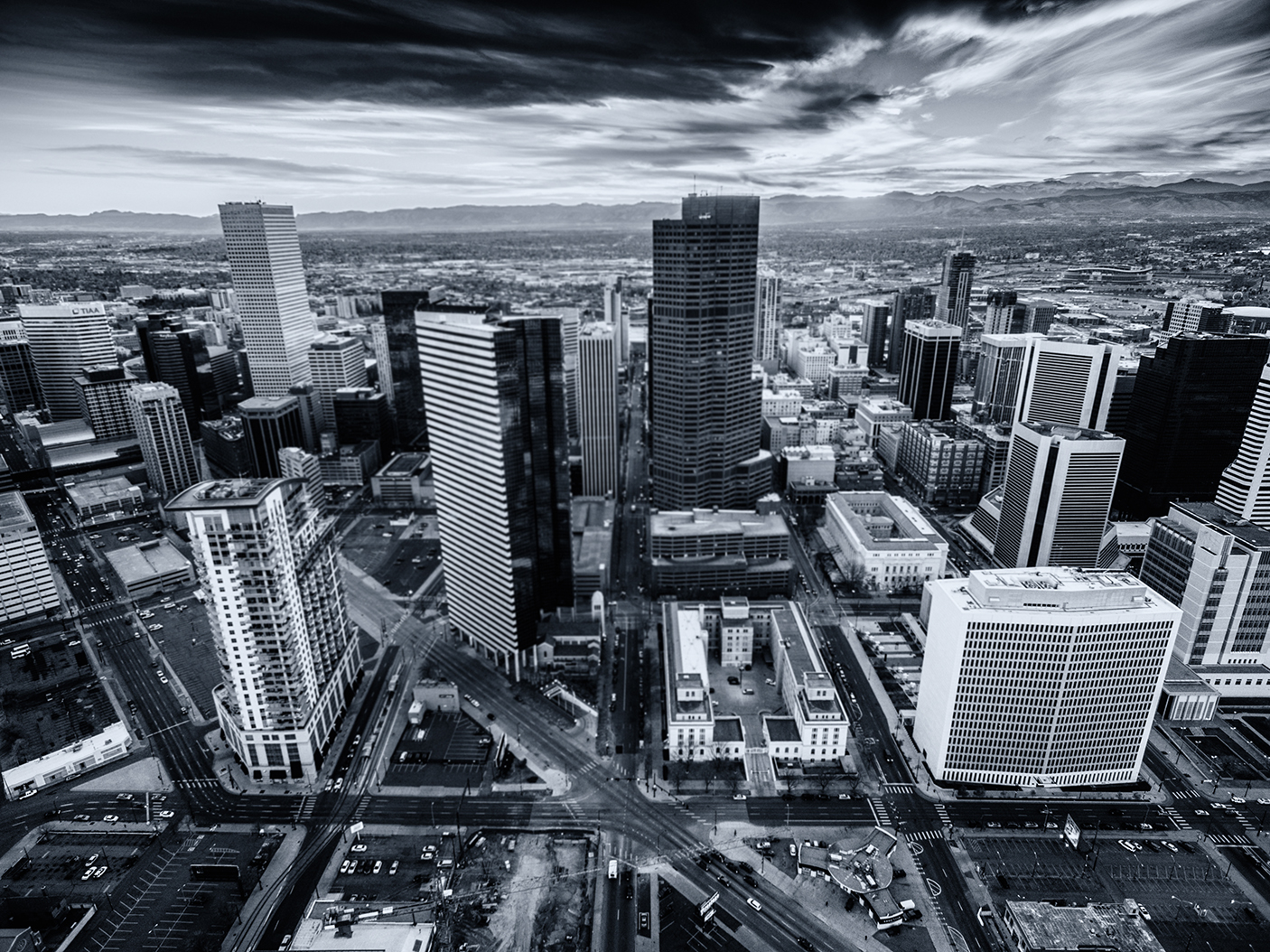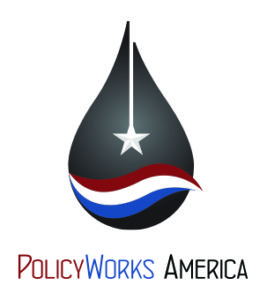Matters of Convenience
Nothing unusual — in any given week most of us stop for gasoline at a convenience store — they’ve long since replaced service stations as the leading suppliers of gasoline. The average Joe or Karen might patronize the store for more than gasoline. Maybe a bottle of water, a lottery ticket, a diet Coke, Good & Plenty, Nilla Wafers or any variety of snacks, tobacco and miscellany.
That 16oz bottle of water averages about a buck and a half in most of these outlets. Gasoline, with current wild swings in the commodity price could be anywhere from $3.50 in some locales on up to $6.00 or so in California, Hawaii and maybe Alaska could approach that number.
Pretty convenient — what you want and need available at an intersection near you and at nearly every entrance/exit on our interstate highways. How is it that these niceties and so many others are close at hand?
Here are deconstructs of the processes that bring us our “nice-to-haves” — bottled water and gasoline tailored by EPA regions to meet federal emissions standards.
BOTTLED WATER

128 oz (1 gallon) =/- $12.00
For purposes of this inquiry, few if any bottles of water require a well to be drilled. Such drilling typically occurs in rural arid regions of the country for irrigation and for domestic use. Bottled water found in convenience stores is typically sourced from large producers of other products including soft drinks, beer, energy drinks and other such liquid consumables. It’s typically delivered to bottling plants via pipeline or in some cases the bottling plant may be at the water source. Access to commercial quantities of water requires the purchase or leasing of water rights in the U.S…not an easy acquisition as water rights and related water law are some of the most convoluted and complex in the U.S.
Once delivered, it’s purified, bottled in a plastic container, shrink-wrapped in plastic and shipped via truck or rail to a distribution center. From there local truckers make their rounds delivering it to retail outlets. The packaging and transport is petroleum intensive — the plastic bottle is sourced from crude oil, as is the shrink-wrap, the transport required liquid fuel if by truck and rail, the highway upon which it is transported is made of asphalt, also sourced from crude oil. Refrigeration in the convenience store is likely at least partly powered by natural gas or another hydrocarbon fuel.
That 16 oz bottle of water can easily be substituted for pennies by filling a thermos or reusing a plastic bottle. So why purchase the item for $1.50 a quart? Ease of availability, too rushed when leaving home, long trip requires too many containers when one can purchase along the way — any or all may apply.
GASOLINE

Here the sojourn from producing well to the gas pump turns into quite an odyssey. In order to extract the raw material for gasoline — crude oil — first the producer must acquire the right to drill a well. For this the owner of the mineral rights — be it private party or government entity — is allocated a portion of the quantity produced. Such a stipend ranges upward from around 12.5% to as much as 25%.
In 2022 such a well costs in the $10 million range to drill, hydraulically fracture (frac!) and complete. The natural gas that is produced in tandem with the crude is either piped to a gas plant for commercial sale, or is incinerated if the quantity is too small to market. An offshore well costs multiples of the $10 million and once completed requires a subsea production system including pipelines and transport to onshore facilities.
An incidental benefit of such offshore production is the disappearance of tar balls on coastal beaches. Producing the offshore resource depressurizes the oil-bearing geologic zone and results in crude not being forced to the surface via natural vents and seeps. Hotels on the Pacific and Gulf coasts used to have wipes at the door of every room to clean the tar from guests feet. Those are no longer found as the tar balls have long since vanished. In the case of foreign crude, it often is the case that governments own all of the mineral rights and act as sales agents to high bidders. Thus the consumer is subject to vagaries of international markets, plus the substantial transport costs of oil by tanker.
Domestically, crude is produced and typically sold at the wellhead to a transporter — a trucker, a railroad or a pipeline. The crude is transported to a refinery, only one of which has been federally permitted and begun operations in the past nearly four decades. In that same time period, multiple refineries have been shuttered. The crude is refined into a variety of products — petrochemicals, gasoline, asphalt, base materials for a variety of plastics, cosmetics, cleansers and medical products. The raw gasoline is either piped or trucked to a gasoline terminal where branded retailers will add their special brew of ingredients that comprise the various brands — Shell, BP, Exxon, Arco and the others.
Then it’s on to the retail location via diesel-fueled truck over asphalt roads to be offloaded from the delivery truck into underground storage tanks connected to the gasoline pumps. Consumers pump the gasoline into their automobile gas tanks — frequently grousing about the cost.
What goes into that cost?
For starters there is the cost of the property, business insurance, construction of the building, excavation for the tanks, purchase and installation — and certification by local and state permitting authorities. The same goes for gasoline pumps — purchase installation and certification to meet state and federal standards. Then there are the typical business costs — payroll, benefits, health and liability insurance, utilities, real estate taxes, collection of state and federal gasoline taxes which range from $.18 federal-tax-only in Connecticut and Georgia to as low as an additional $.0895 in Alaska escalating to highs of another $.539 in California to a staggering $.576 bogey in Pennsylvania.
And what is the average net profit on one gallon of gasoline? Depending on the variable costs shown above, the net profit ranges from $0.012 to $0.024 per gallon. The real money in convenience stores is candy bars, tobacco, lottery tickets, Diet Coke…and yes…bottled water. A recent and growing trend is for retail grocery chains to install their own gasoline retail function, offering gasoline discount incentives for grocery purchases.
If the retail margin on gasoline is so thin, why would anyone seek to get into it? The surprising answer is the profit on gasoline is right in line with grocery profit margins. For example, the net profit per $100 revenue was about $1.50 for Kroger’s last fiscal year.
Competition for the convenience dollar in U.S. markets is fierce. Retail gasoline is an incentive to get the consumer to stop at his/her convenience to fill the tank and perhaps grab a bottle of water…it’s only $1.50. At $6.00 a gallon of gasoline in California, a car that gets 30 miles per gallon takes the driver 30 miles. But to drive that sheltered, air conditioned five miles, five or six figures were paid, plus insurance and maintenance for the vehicle. A homeowner will have paid six to seven numbers for shelter and a place to park that vehicle.
That driver could save $$ by riding a bicycle, a motor scooter or motorcycle — in fair weather. That driver could also save $$$ by utilizing public transportation — and risking the attendant scheduling vagaries…if convenient…
An alternative is an electric vehicle — range has improved and charging stations are multiplying, it likely will be some time until these catch up — until then, it’s a matter of convenience…

